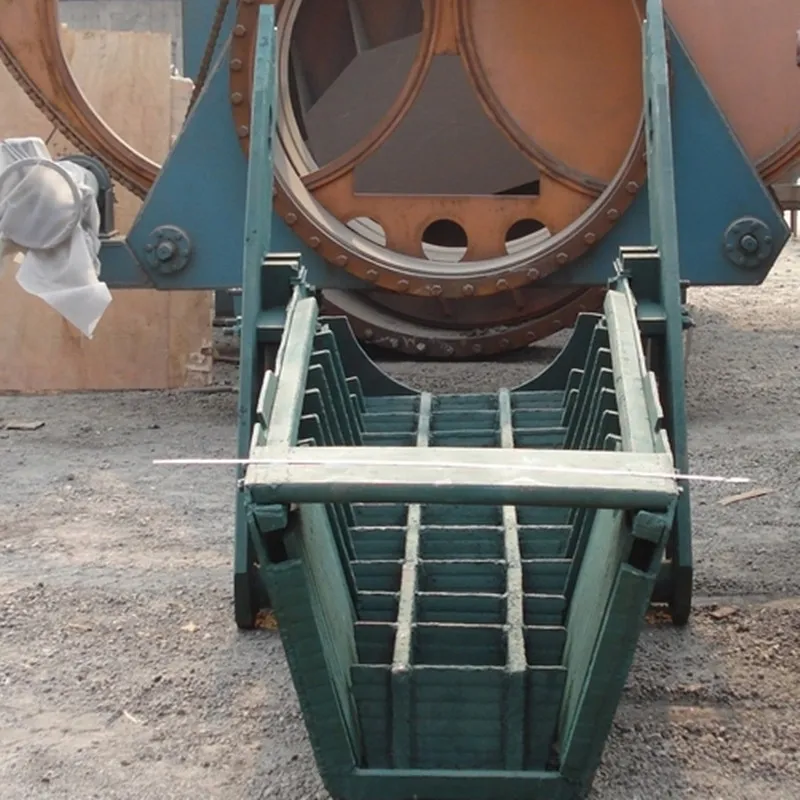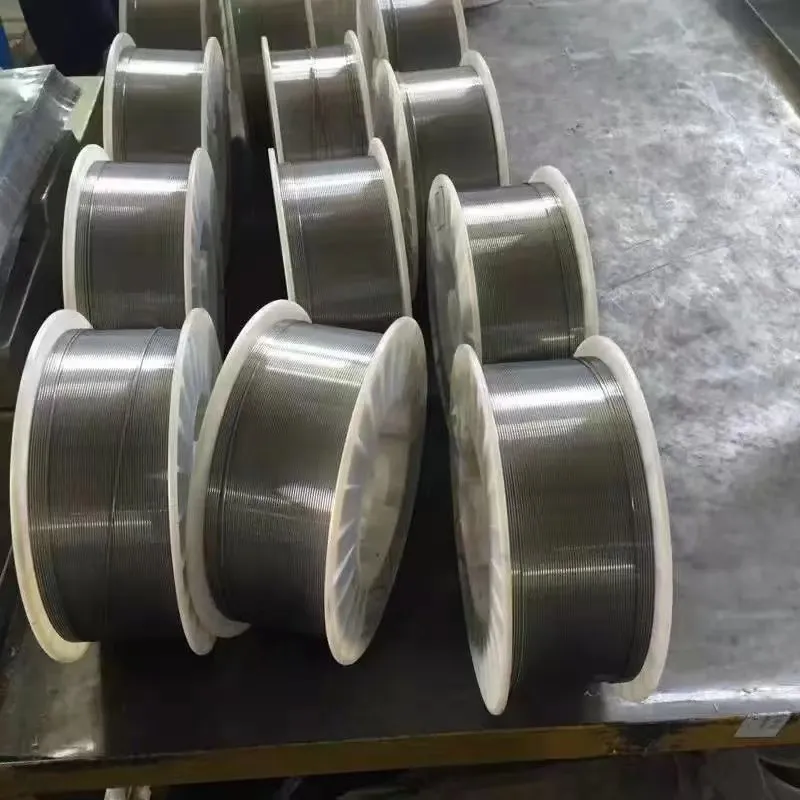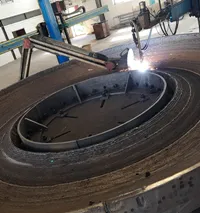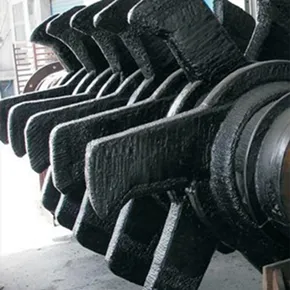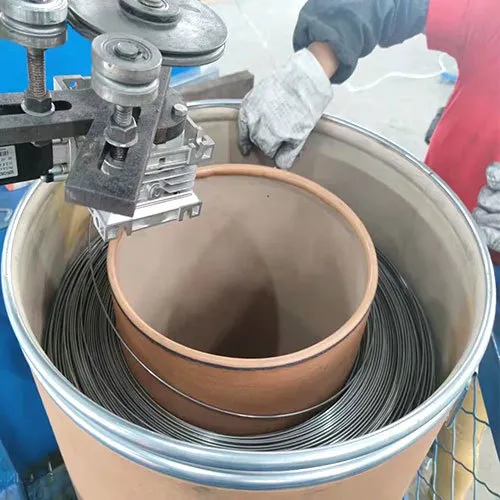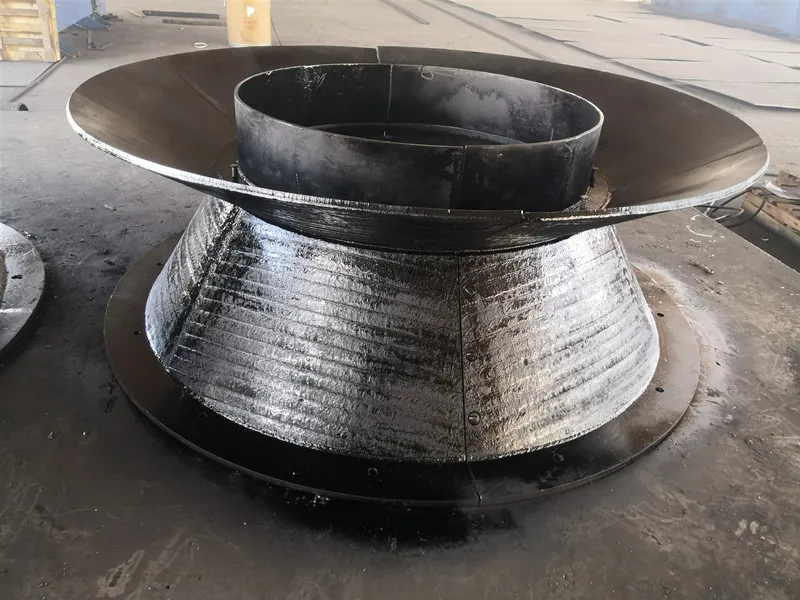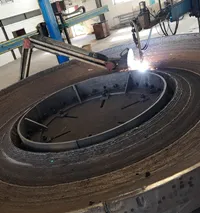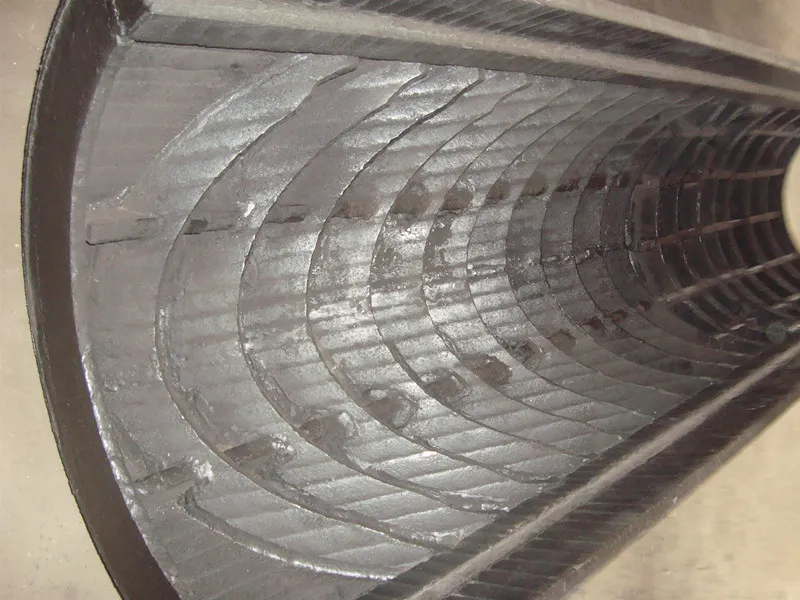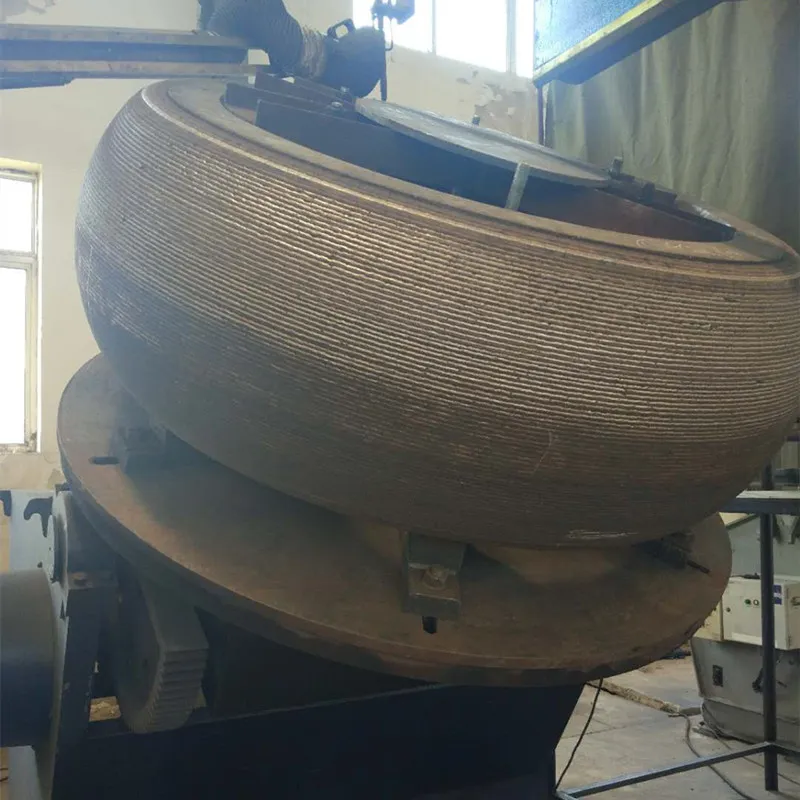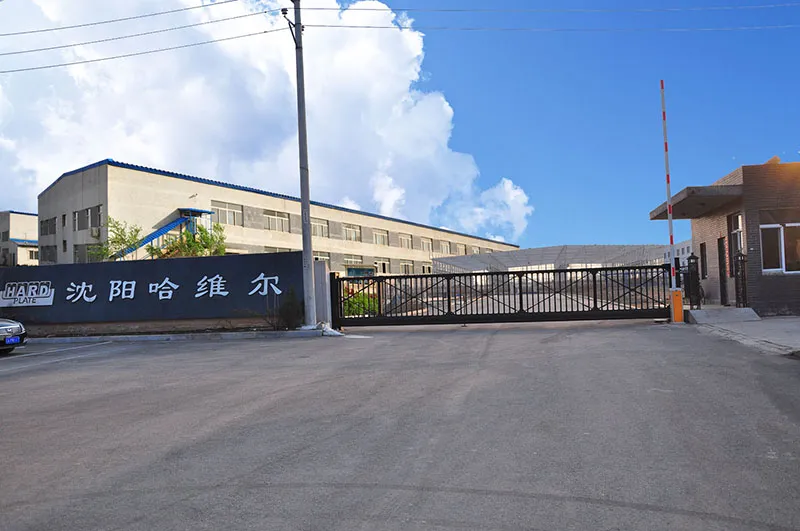Welding Stainless Steel Stick: Key Applications and Future Market Prospects
Welding stainless steel stick electrodes remain a fundamental solution for joining corrosion-resistant alloys across critical industries, offering unmatched portability and adaptability in challenging environments. As global infrastructure and manufacturing sectors expand, the demand for reliable stainless steel stick welding continues to grow, driven by its ability to produce high-integrity joints in field conditions where other processes falter. Below, we explore the key application areas and emerging trends shaping the future of this essential welding method.
1. Construction and Infrastructure Development
Stainless steel stick welding plays a pivotal role in modern construction, particularly in bridges, pipelines, and architectural frameworks where corrosion resistance is paramount. The E308L-16 and E316L-16 electrodes are widely used for their ability to maintain joint integrity in harsh weather conditions, making them ideal for coastal and high-humidity environments. With global infrastructure investments projected to rise—particularly in Asia-Pacific and North America—the demand for high-quality stainless steel stick electrodes is expected to grow at a 6.2% CAGR through 2031.
2. Oil, Gas, and Chemical Processing
In refineries, petrochemical plants, and LNG facilities, stainless steel stick welding ensures leak-proof, durable joints in high-pressure and corrosive environments. Electrodes such as E309L and E317L are preferred for their resistance to sulfuric acid, chlorides, and extreme temperatures. The expansion of hydrogen pipelines and carbon capture infrastructure further boosts demand, as these applications require specialized low-hydrogen electrodes (E7018 variants) to prevent cracking in cryogenic conditions.
3. Marine and Shipbuilding Applications
Stainless steel stick welding is indispensable in ship hulls, offshore platforms, and desalination plants, where saltwater exposure demands superior corrosion resistance. Duplex stainless steel electrodes (E2209) are increasingly used for their high strength and stress-corrosion cracking resistance, particularly in Arctic and deep-sea applications. The shipbuilding industry’s shift toward lighter, more durable alloys will sustain demand for advanced stick welding solutions.
4. Food, Pharmaceutical, and Medical Equipment
Sanitary welding in food processing plants, breweries, and pharmaceutical facilities requires ultra-clean, crevice-free joints to meet FDA and EU hygiene standards. E316L-15 electrodes with basic coatings minimize slag adherence and reduce post-weld cleanup, making them ideal for high-purity piping and bioreactor fabrication. The medical device sector also relies on stick welding for surgical instrument repair and implant-grade stainless steel joining.

